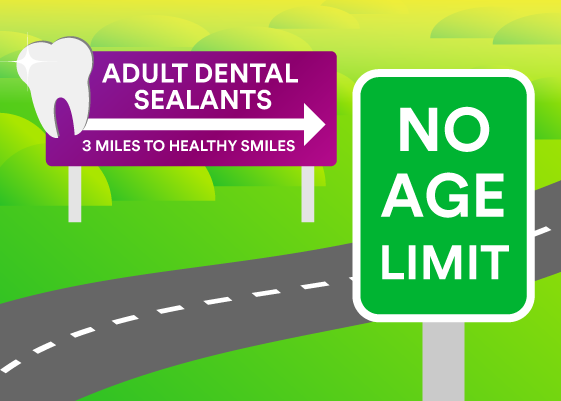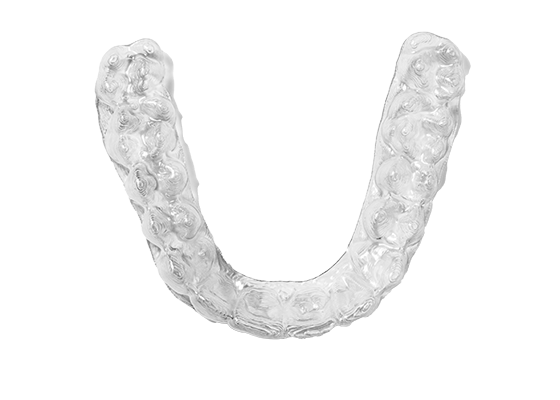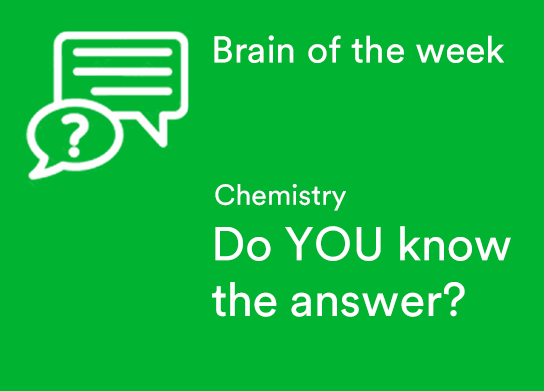Zirconia puzzle: what makes zirconia unique and how to choose the right zirconia
Zirconia may be part of your everyday vocabulary, but how much do you know about this ceramic material? Learn more…


Prevention shouldn’t have an age limit – here’s why you should start using sealants on your adult patients.
There is a common misconception among patients and clinicians alike that dental sealants are just for kids. However, this simple preventative measure can deliver benefits to patients of all ages – and to your practice. It’s time to change the way you think about sealants and expand your sealant age limit to include a routinely overlooked patient-base – adults.
In terms of composition, sealants are typically resin or glass-ionomer based and are applied to the surface of teeth in a liquid form before being cured either chemically or with light. From there, they act as a protective shield for the most hardworking places in the mouth – occlusal surfaces.
Occlusal surfaces make up 12.5% of all tooth surfaces but are eight times more susceptible to caries than smooth surfaces.1 Their anatomical grooves, pits and fissures trap food particles more easily and promote bacterial biofilm, thereby increasing the risk of caries. And unfortunately, regular brushing isn’t always enough – even a great toothbrush can’t reach into every nook and cranny. That’s where sealants come in. By sealing and smoothing these surfaces, you’re not only preventing decay but also aiding in future maintenance.
With a sealant in place, a basic toothbrush can remove debris easily without anything falling through the cracks, effectively preventing decay. In fact, sealants can actually halt the decay process in its tracks, as long as any carious lesions are not cavitated. Add in fast application and a lifespan of 5-10 years (with occasional touchups), and you get a simple preventative solution with ample benefits. Generally, it’s recommended that children have their molars sealed as soon as they appear, due to sealants’ ability to reduce the risk of decay in molars by nearly 80%.2,3 But these benefits don’t stop at a certain age!

The fact of the matter is that decay doesn’t have an age limit. Caries risk factors don’t go away as you get older – instead, they may actually get worse. The ADA defines high-risk patients as those who have one or more risk factors including:
However, as patients age, they encounter a whole different set of variables that can increase their caries risk – including other medical conditions and prescription medications that impact saliva flow.5 In addition, with the rising trend of adult orthodontic patients, your patients may be at a higher risk than they would be under normal circumstances. Older patients may also have difficulty performing their own oral hygiene procedures, which could make something as simple as a sealant a lifechanging solution.1
Many clinicians use a “watch and wait” approach when it comes to early signs of decay in their adult patients. While this method may not cause any initial harm, waiting for the situation to get worse may set patients up for more invasive solutions down the line. By introducing sealants to your patients’ treatment plans, you can be proactive in giving your patients another layer of defense against tooth decay – and help prevent bigger problems down the road.

Sealants have been around since the 1960s, have a demonstrated history of clinical success and are endorsed by the ADA, AAPD, CDC and US Public Health Service, but are still regularly passed over as an adult treatment option.2,3,6 With so much backing, why aren’t sealants used for adult patients more often?
In spite of considerable evidence that sealants are effective in preventing and even stopping non-cavitated pit-and-fissure carious lesions, many dental professionals choose not to use them based on a few common misconceptions. If you’ve ever heard that sealants leak or don’t last, or that they allow decay to develop underneath, you’re not alone. That may have been true 20-30 years ago, but sealant technology has evolved – and so should our recommendations. Modern sealants are engineered to prevent decay from happening, and as long as the sealant is applied properly and the carious lesion is not cavitated, can stop the decay process entirely.
However, even if you regularly recommend sealants, there’s a chance something else may stand in the way – money. The insurance coverage for adult dental sealants varies a great deal. Depending on your patient’s plan, their insurance may only cover children’s teeth – if it covers sealants at all.
However, while sealants can have an initial cost, they prevent larger expenses down the line. An unsealed tooth is much more likely to need restorative treatment, which is more expensive – both in biological and monetary costs. In addition, restorations require lifetime maintenance, while sealants only need touchups. To help patients understand the investment, you can compare dental sealants to putting a seal on your car’s paint job – it may cost extra initially, but if your car gets scratched, you’ll save on future repairs.

Some patients may not see the benefit of sealants when they already brush regularly or get fluoride treatments. While both fluoride toothpaste and fluoride treatments are useful preventative solutions, they’re both temporary and don’t account for pits and fissures in teeth. Dental sealants are a longer-term preventive solution: when intact, they can protect teeth for years. In fact, a series of studies found that patients who received occlusal sealants saw a 73% reduction in caries compared to those who only received fluoride varnish.2
On the flip side, there’s also an unhealthy patient misconception that using a sealant can act as substitute for brushing, as the teeth are “covered” – which, as any clinician knows, is false. Rather than choosing one or the other, the reality is that brushing, fluoride treatments and sealants work together to protect the entire mouth. Use an analogy of car maintenance to help patients make the connection. Brushing is like using the wipers and wiper fluid – it’s a regular, daily solution to get the worst off. Fluoride treatments are like going through the carwash – not an everyday solution, but one that helps maintain your vehicle. Sealants are like anti-rust or paint coatings – long-term functional solutions applied to keep your vehicle in better working condition, longer. And just like older vehicles are more vulnerable to rust, your older patients are more vulnerable to tooth decay.

As long as adults experience tooth decay, preventative measures will be beneficial. Sealants are simple, inexpensive, accessible treatments designed to protect some of the most vulnerable, hardworking areas of the mouth. Just as routine, preventative maintenance is a must for cars, and especially for older vehicles, sealants are a valuable tool for preventing tooth decay for patients of all ages – including adults.
Related reading: Myths and misconceptions: Uncovering the truth about sealants
Sources

Zirconia may be part of your everyday vocabulary, but how much do you know about this ceramic material? Learn more…

For over 60 years, 3M material scientists have been at the forefront in working with multi-layer films in an array…

Brain of the Week – Chemistry